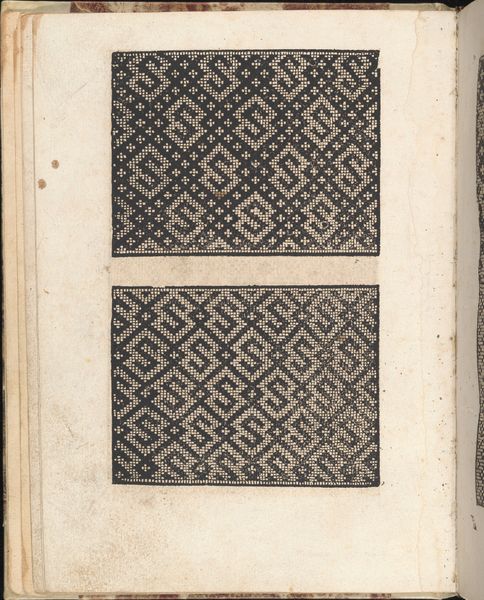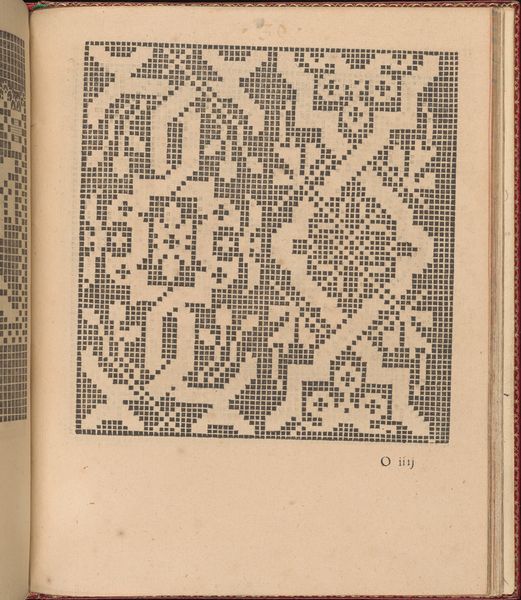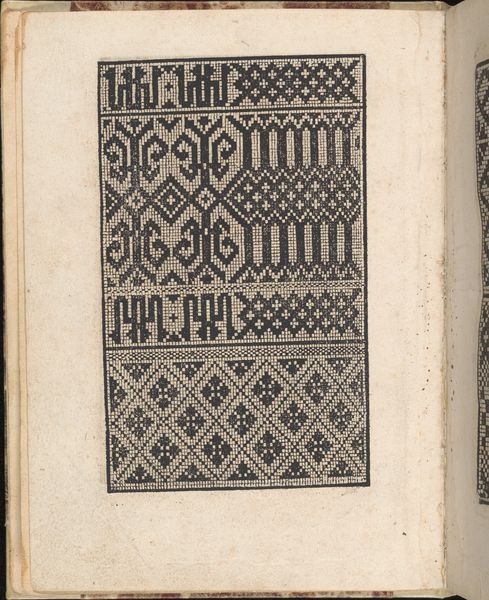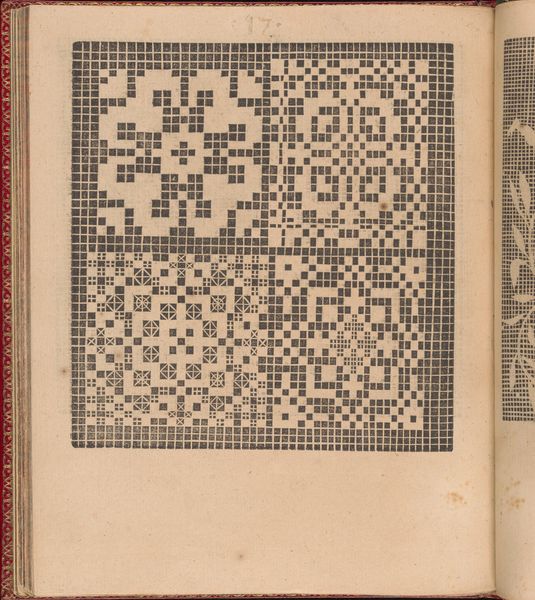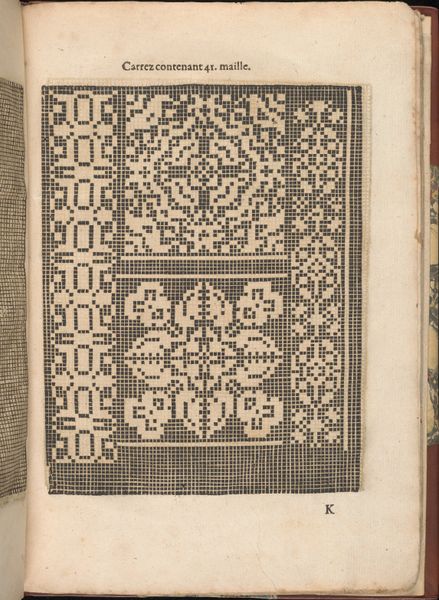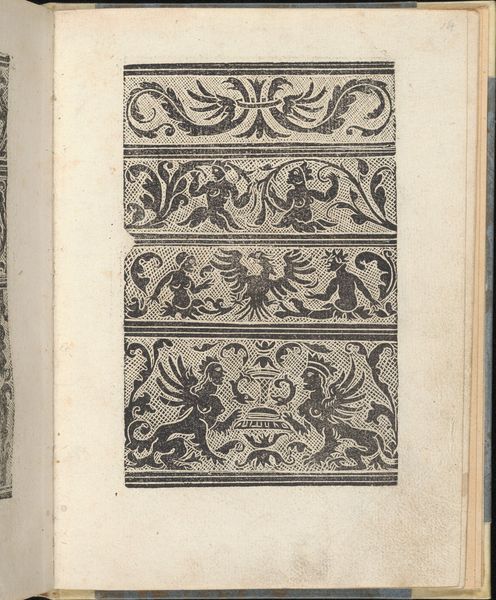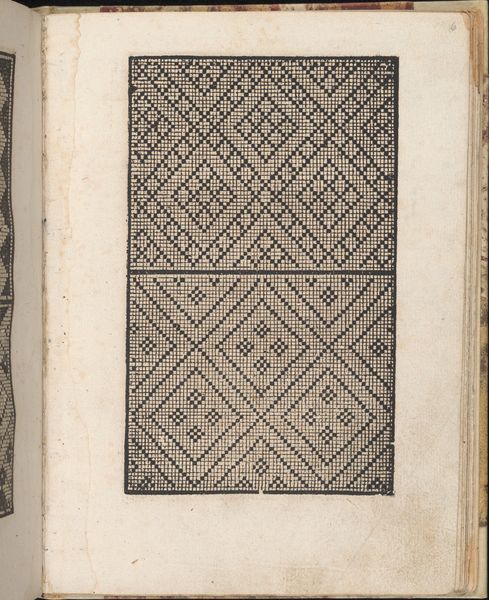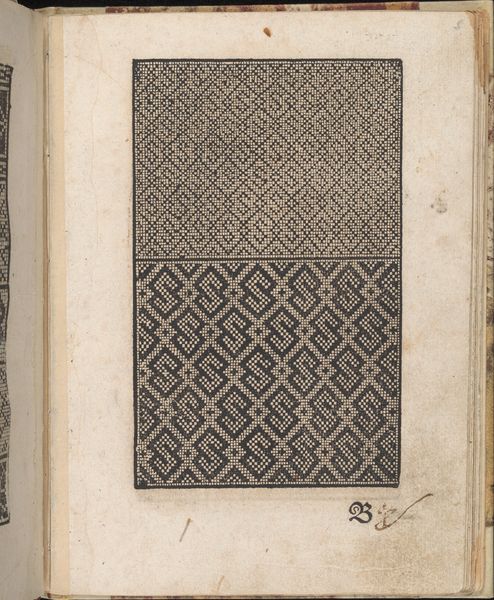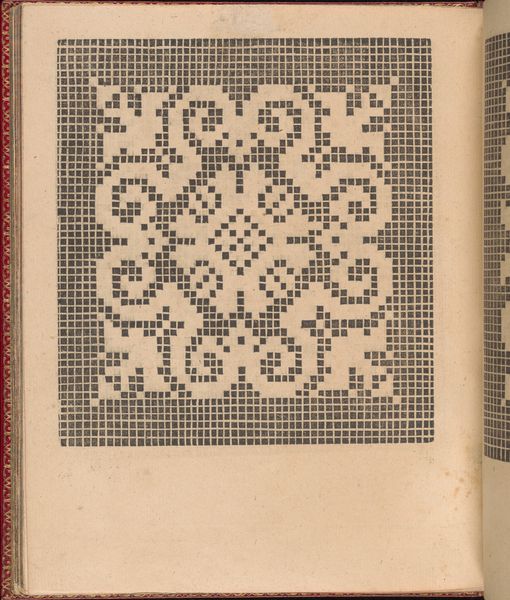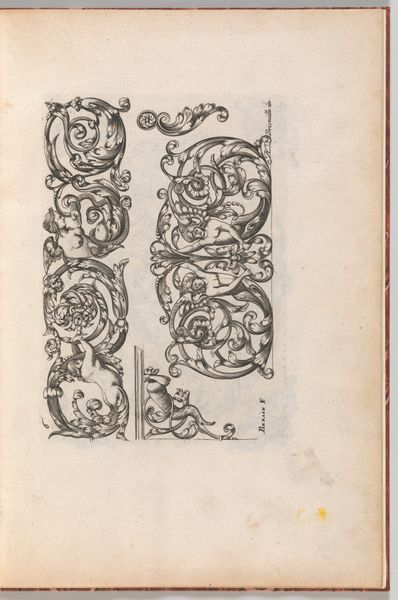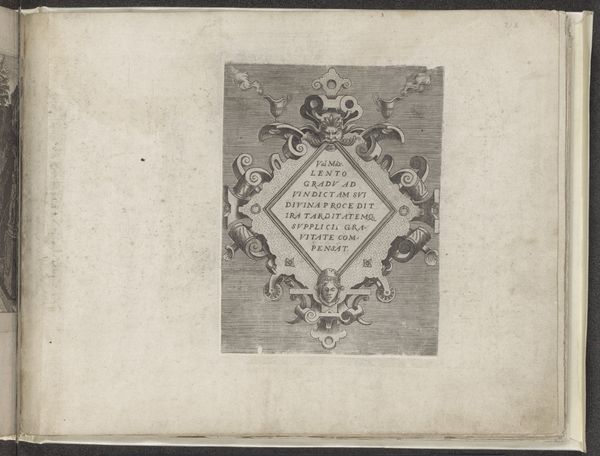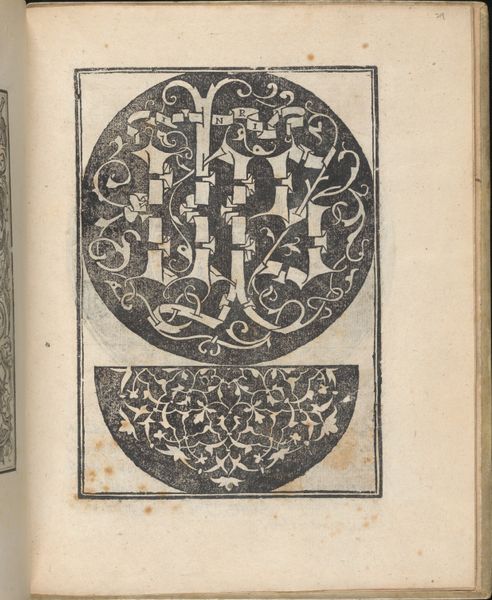
Ein ney Furmbüchlein, Page 10, recto 1520 - 1530
0:00
0:00
drawing, print, typography
#
drawing
# print
#
11_renaissance
#
typography
#
northern-renaissance
Dimensions: 7 7/8 x 6 1/8 in. (20 x 15.5 cm)
Copyright: Public Domain
Curator: Looking at this page from Johann Schönsperger the Younger’s “Ein ney Furmbüchlein,” dating from around 1520 to 1530, I’m struck by the meticulous detail and clear purpose of this northern Renaissance print. It’s so interesting to observe these early typefaces and contemplate how they impacted communication. Editor: It feels restrictive, almost claustrophobic with that densely hatched background. The heavy gothic letterforms—are they a celebration of religious dogma, a tool of control? The sharp contrast against the paper gives it a rather unforgiving quality, don't you think? Curator: Perhaps. But consider the labor involved. Each character carefully carved into a block, reflecting a tangible craft tradition and the growing print industry of the time. This wasn't simply about transmitting text, but also showcasing material skill. Editor: Precisely, but to what end? These beautifully rendered letters were tools of increasing literacy, certainly, but let's also remember whose messages got amplified. The Reformation was taking hold; consider how such publications reinforced and disseminated particular beliefs, excluding other voices, other perspectives. It's never just about the skill, but about the power dynamics embedded within it. Curator: True. Yet, let’s also consider the tangible impact of the printing press on commerce and information access beyond religion. There’s a shift happening, as more information becomes more widely available – this opens new potential for knowledge dissemination, not to be restricted to elite members of society, which will lead to major structural societal changes. Editor: Definitely a complex transition. Looking at the systematic presentation, I wonder what the common person of the era made of this structured alphabet? Did they see beauty, utility, or a symbol of the establishment? It also reminds me of current struggles over data control in our own time – how are new typefaces being conceived to disrupt existing regimes of representation and control? Curator: Well, this has certainly reframed the image, beyond just craftsmanship and labor involved. Thank you! Editor: My pleasure. Considering artistic heritage necessitates this interweaving of histories to expose social significance in artworks.
Comments
No comments
Be the first to comment and join the conversation on the ultimate creative platform.
